Open-concept living once defined modern homes, celebrated for their spaciousness and light. But as lifestyles evolve, many homeowners are rethinking the idea of knocking down walls. The pandemic shifted priorities, remote work redefined space needs, and privacy has become the new luxury. This reversal isn’t just a design fad; it’s a cultural pivot toward comfort and individuality. People now crave quiet corners, separation, and rooms that serve a purpose again. The open-concept dream is being remodeled into something far more personal.
1. Noise Fatigue Has Become Unbearable

What once felt like a lively, connected space has turned into an echo chamber for everyday noise. With kitchens, living rooms, and offices all merged, sound travels unchecked, and children’s toys, TV chatter, and appliances collide into one constant hum. Homeowners now realize that acoustic chaos disrupts relaxation and productivity. As families spend more time indoors, walls are becoming desirable again, restoring the peace and quiet people didn’t know they were missing until the noise became too much.
2. Remote Work Changed How We Use Space

The shift to working from home exposed one of the biggest flaws of open-concept layouts: no separation between personal and professional life. Without doors or barriers, video calls, focus time, and even lunch breaks blur into household activity. Many homeowners are now adding partitions, sliding doors, or repurposing rooms into private offices. This trend reflects a long-term need for dedicated, quiet zones, something open designs simply can’t deliver in an always-on remote work culture.
3. Energy Efficiency Plays a Role
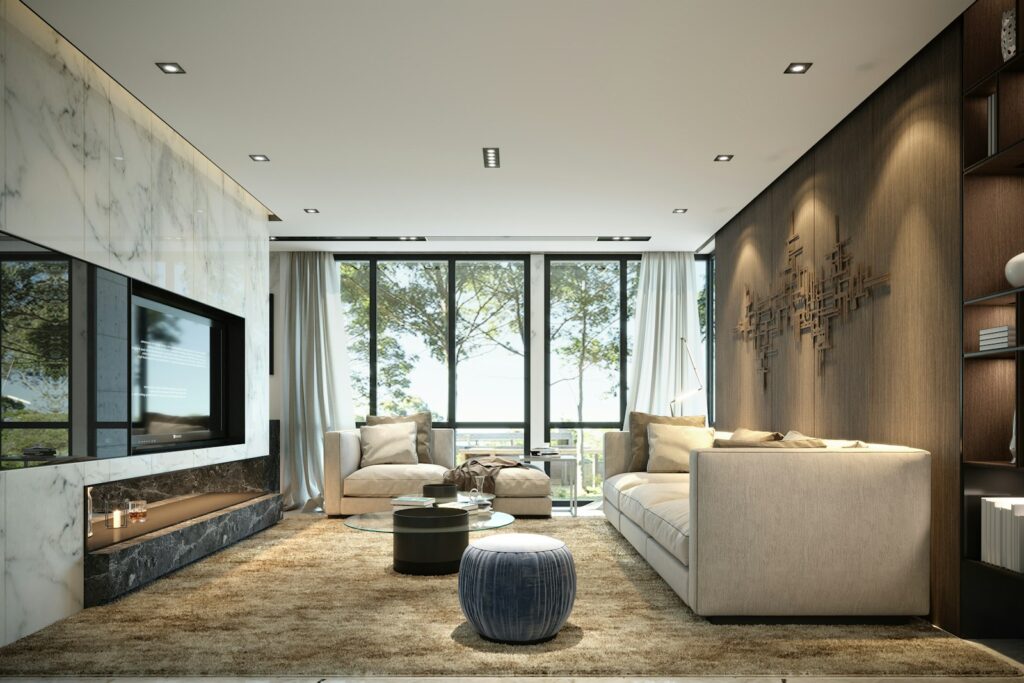
Large open spaces may look beautiful, but they’re expensive to heat and cool. Without walls to contain air, energy systems work overtime to maintain consistent temperatures. In an era of rising utility costs and eco-conscious living, homeowners are recognizing that compartmentalized layouts save energy and money. Smaller, enclosed rooms retain warmth better in winter and stay cooler in summer, making privacy not only a comfort issue but also an environmentally and financially smart choice.
4. Clutter Feels More Exposed
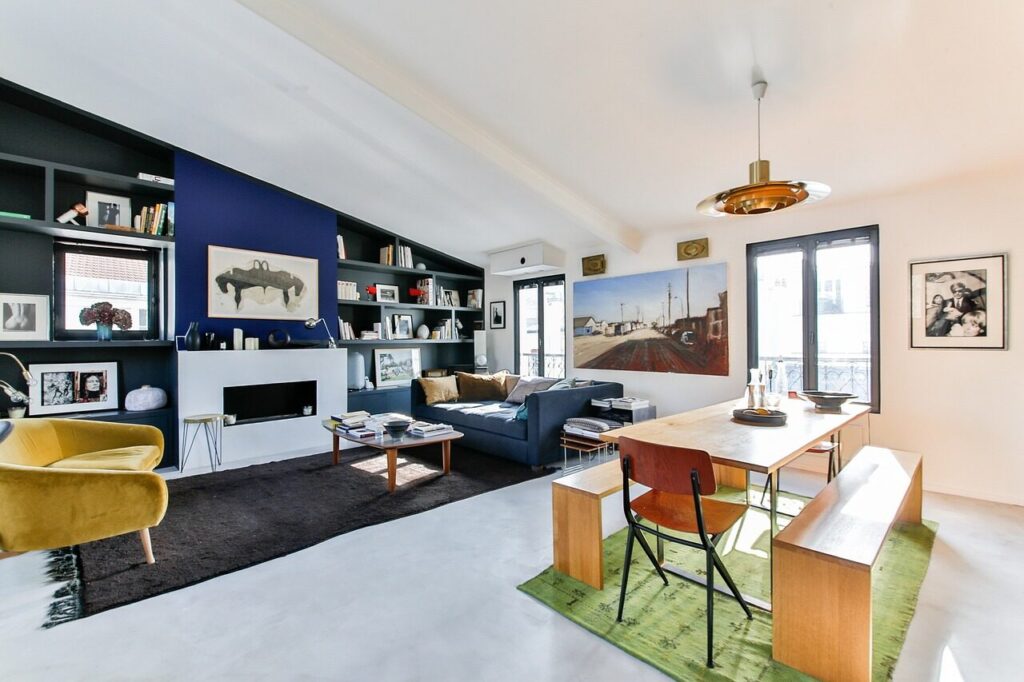
An open floor plan demands constant tidiness because everything is always on display. One stray dish or unfolded blanket can make the entire space look messy. For busy families, maintaining that level of visual order is exhausting. By bringing back defined rooms, homeowners regain the ability to close a door and contain the chaos. It’s less about being messy and more about embracing realistic living spaces that allow imperfection without it dominating the entire home.
5. Cooking Smells Spread Everywhere

Open kitchens were once a point of pride, symbolizing togetherness and hospitality. But in reality, cooking odors, smoke, and grease drift easily into adjoining areas. Even powerful ventilation systems can’t completely prevent the scent of last night’s dinner from lingering. Homeowners now prefer partial walls or enclosed kitchens that trap aromas where they belong. It’s a subtle but meaningful return to comfort and cleanliness where the smell of garlic bread stays in the kitchen, not the couch.
6. Families Need Personal Space Again

The ideal of “togetherness” once drove open layouts, but constant visibility isn’t always healthy. Families now appreciate that balance between shared and private moments. Teenagers want quiet to study, parents need a break, and guests value boundaries. Individual rooms help each person decompress, creating a more harmonious household. It’s a shift toward recognizing that privacy nurtures relationships by allowing everyone to recharge something an open space rarely provides.
7. Home Design Is Returning to Character
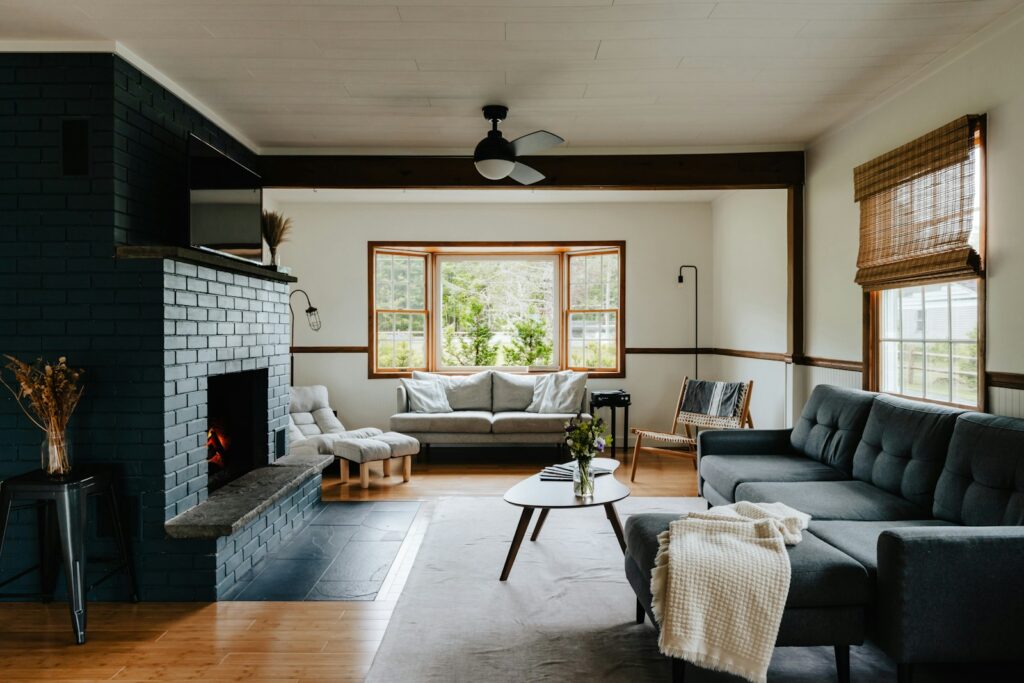
For decades, knocking down walls became the default renovation move. But now, many homeowners are realizing that older homes’ charm came from distinct rooms with unique personalities. Instead of one big multipurpose space, people are once again celebrating craftsmanship like archways, pocket doors, and cozy nooks. This design comeback values warmth and individuality over minimalism, showing that separation can feel just as stylish and inviting as any sleek, open floor plan.
8. Technology Has Made Separation Easier
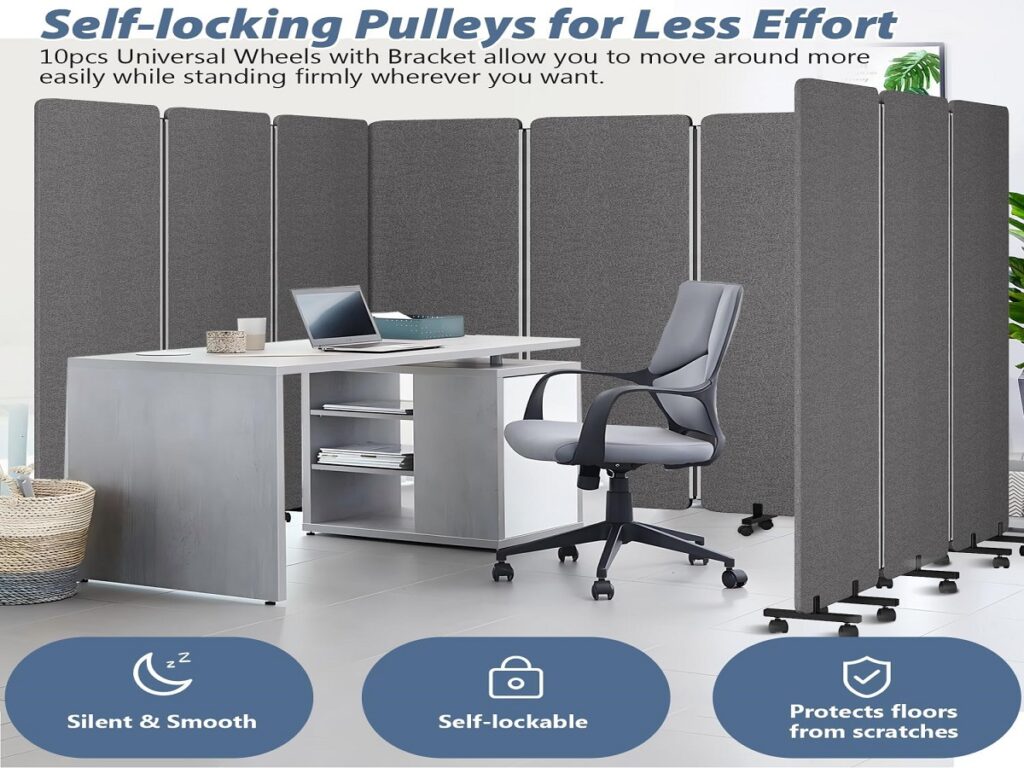
Ironically, smart home technology is helping homeowners embrace division again. Soundproof panels, wireless lighting, and climate control make it easy to manage multiple rooms efficiently. Unlike older homes, modern layouts can balance privacy and convenience without losing functionality. With technology bridging the gap, people can enjoy isolated spaces while staying seamlessly connected, proving that privacy and modern living no longer have to be opposites.
9. The Desire for Comfort Over Aesthetics
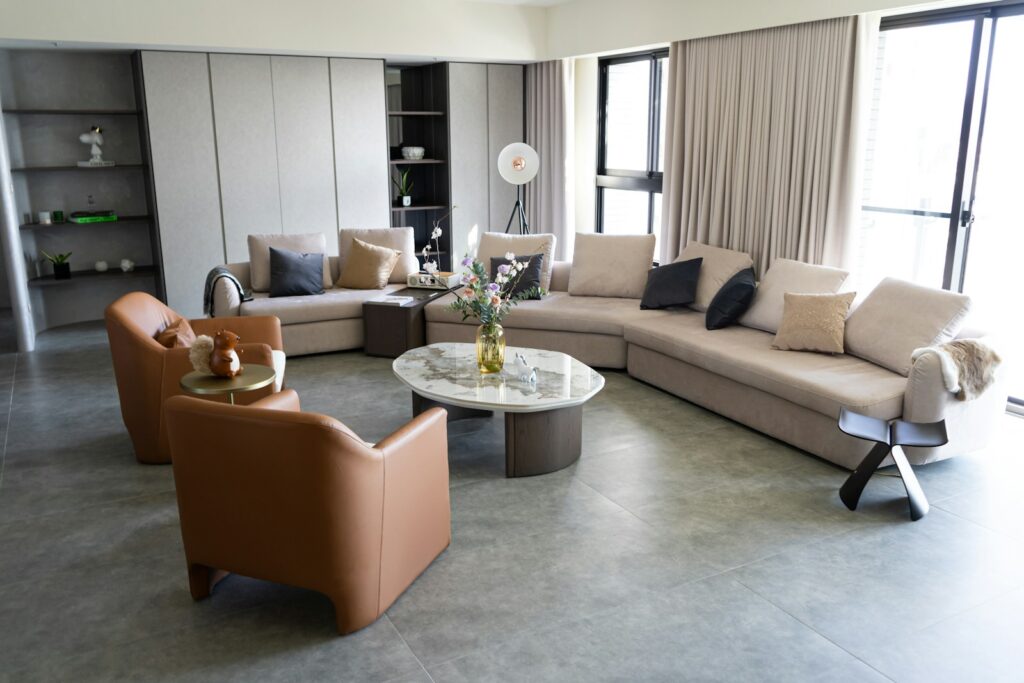
For years, open-concept homes were marketed as luxurious and social. But today, homeowners are prioritizing comfort over showroom appeal. The ability to retreat, rest, and reset has become more valuable than a sweeping sightline. Separate rooms create emotional zones, spaces that signal rest, creativity, or work. This evolution shows a deeper understanding of how design influences well-being. Privacy, once seen as outdated, has quietly become the new mark of modern comfort.
Comments